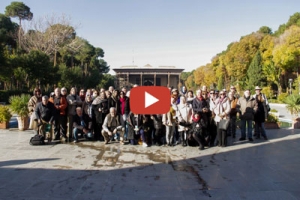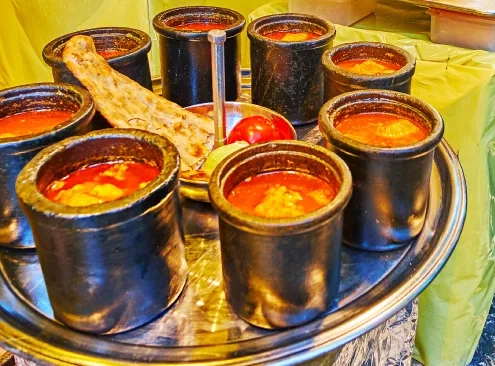
How to Make Abgoosht? (Recipe, Ingredients, Origin)
/
0 Comments
Abgoosht, the heartwarming Persian stew, is one of Iran’s oldest…
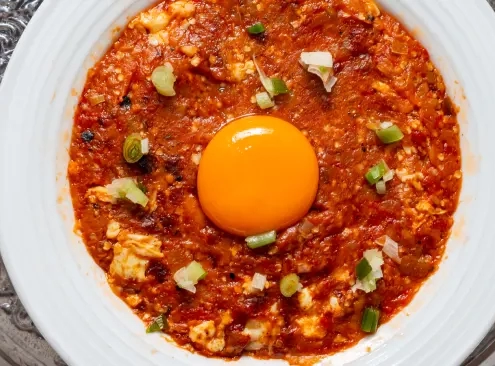
Top 10 Vegetarian Food of Iran
Vegetarian foods are not only healthy and nutritious but also…
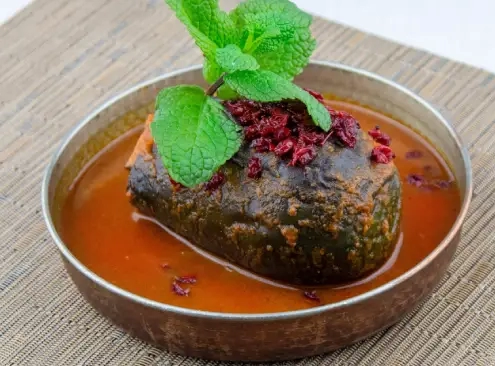
Persian Dolmeh Bademjan (Recipe, Ingredients, Tips)
Dolmeh Bademjan, or stuffed vegetables, is one of the traditional…

Abdoogh Khiar Soup (Origin, Recipe, Calories)
Abdoogh Khiar, simply meaning Cucumber Buttermilk in Persian,…
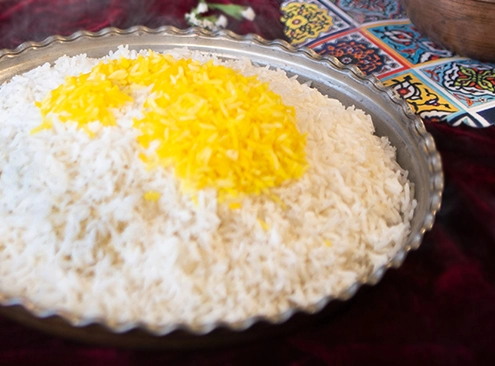
Top 10 Persian Rice Dishes You Should Try!
Persian foods have always been a lovely part of Iranian culture.…
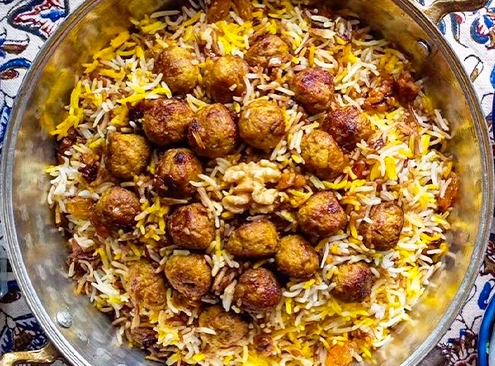
Top 10 Persian Side Dishes
Do you know about the famous Iranian side dishes? Iranians have…
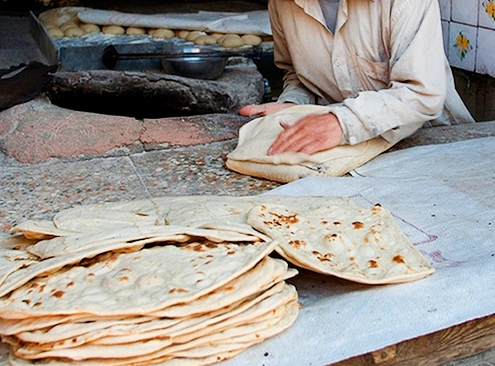
Everything About Persian Bread; From Sangak To Barbari
Iranians have always had a special respect for bread for a long…
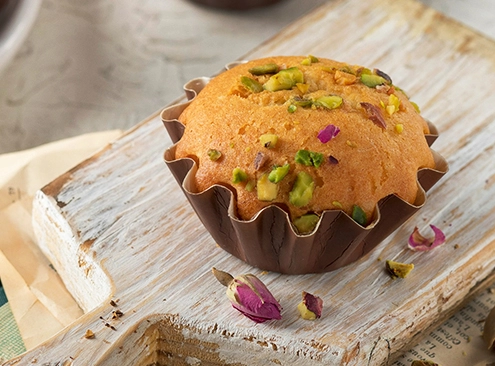
The Top Iran Dessert Food You Need to Try!
The Persian word "shirini" refers to Iran dessert food, which…
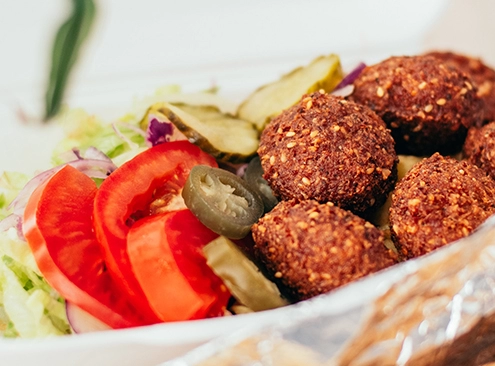
What Is Falafel? (Origin, Ingredients, Recipe)
Falafel is one of the easiest and tastiest foods in the Middle…
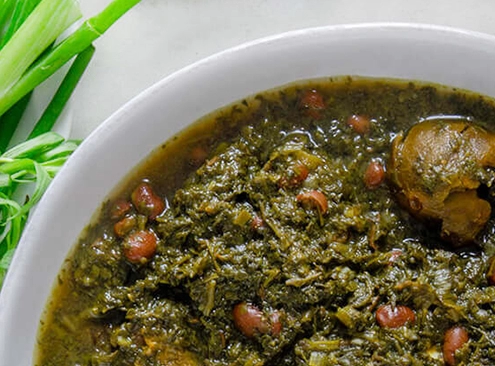
Ghormeh Sabzi: Persian Herb Stew, Recipe, Ingredients
Iran has a rich culinary collection of foods and dishes that…
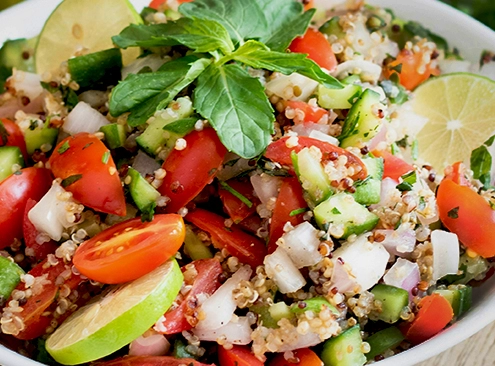
Shirazi Salad: Recipe, Calories, History, Ingredients
The people of Shiraz are proud of their city's culinary tradition…

Top 7 Uzbekistan Shopping Malls: Photos, Address
Uzbekistan is yet to be one of the most interesting countries…
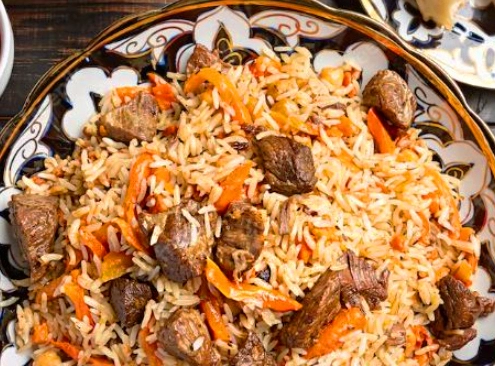
Top Uzbekistan Food You Need to Try + Photos
Since the distant past, Uzbekistan has benefited from the exchange…
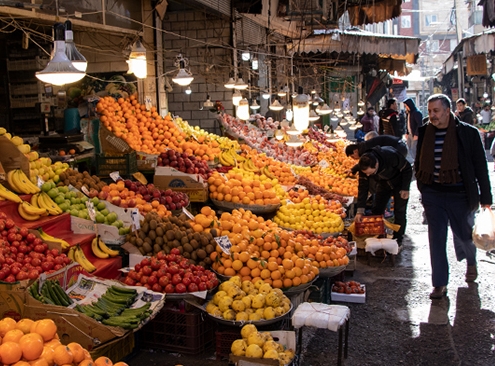 https://irandoostan.com/dostcont/uploads/2023/05/Iran-summer-fruits-2.jpg
366
712
nelia shidfar
https://irandoostan.com/dostcont/uploads/2025/05/Irandoostan-logo.webp
nelia shidfar2023-05-08 09:49:142025-05-14 14:10:13Top Iran fruits you must try (Benefits, Photos)
https://irandoostan.com/dostcont/uploads/2023/05/Iran-summer-fruits-2.jpg
366
712
nelia shidfar
https://irandoostan.com/dostcont/uploads/2025/05/Irandoostan-logo.webp
nelia shidfar2023-05-08 09:49:142025-05-14 14:10:13Top Iran fruits you must try (Benefits, Photos)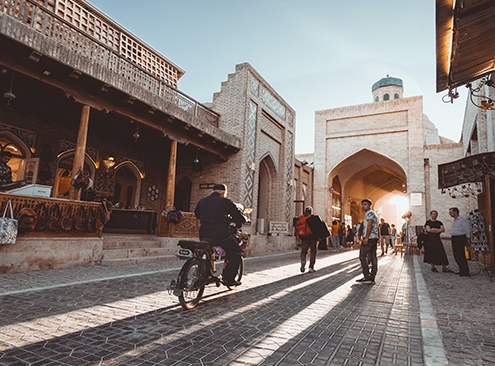
Uzbekistan Culture and Traditions: Food, Lifestyle & more
Today, a community with its culture exists in every part of the…

Most Popular Northern Dishes of Iran
Iranian cuisine is very diverse; however, the northern dishes…

Classic Persian Recipes + Photos
More than 3000 years have passed for Persian Cuisine to become…
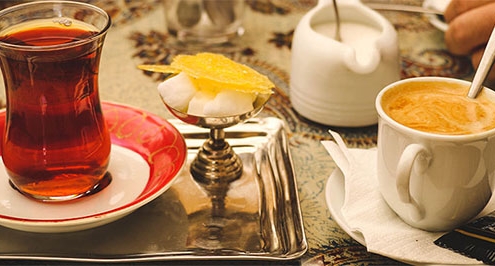
Food, Drink & Souvenirs Price in Iran (Iran travel budget P3)
If your travel takes more just a couple of days, it will be absolutely…


